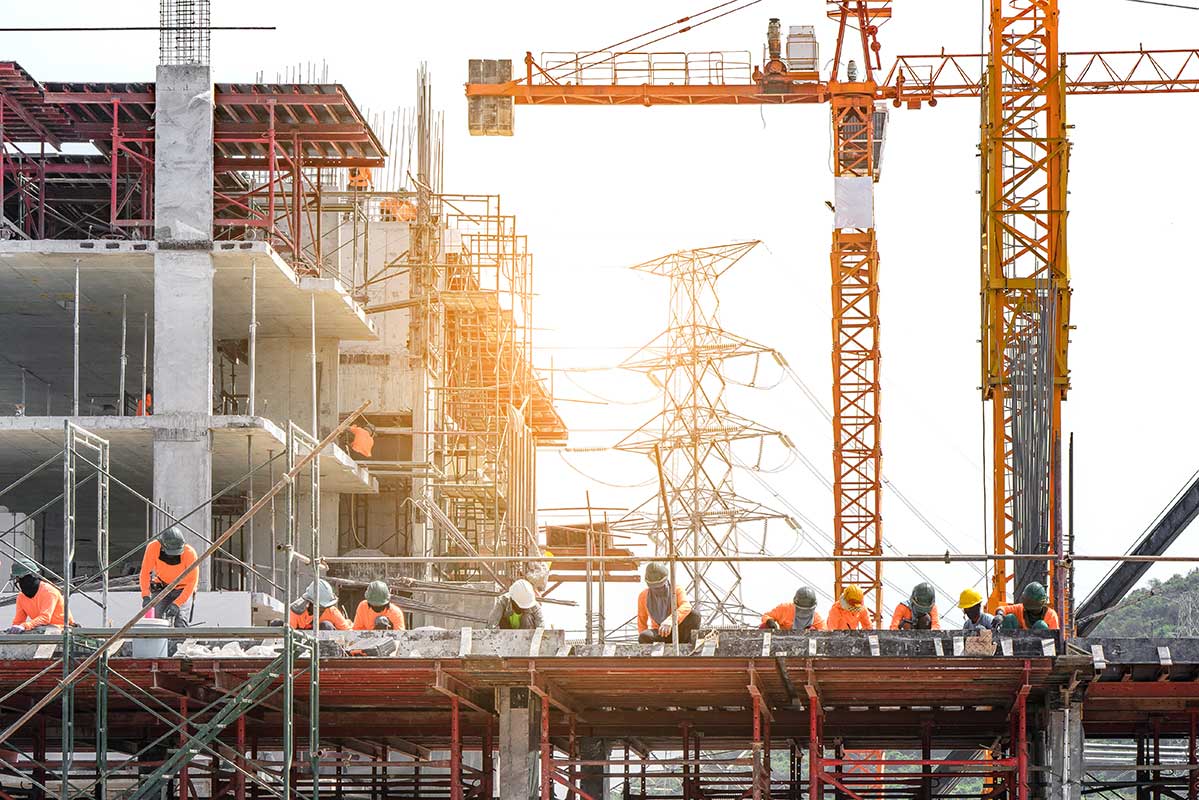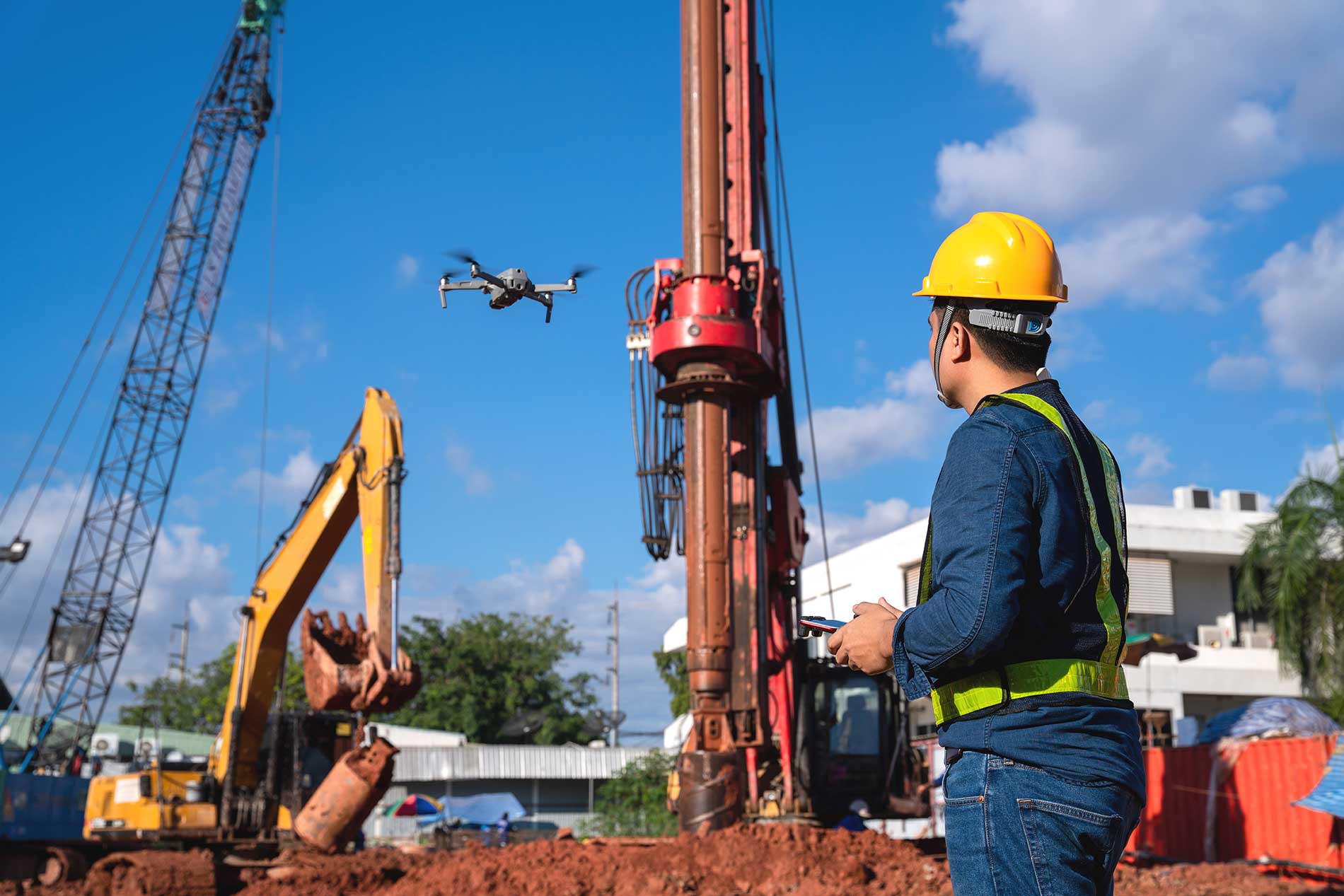Lean construction is a transformative approach to project management and delivery that seeks to maximize value while minimizing waste. Originating from lean manufacturing principles pioneered by Toyota, this methodology is gaining traction globally, including in the Caribbean construction sector. The approach emphasizes collaboration, efficiency, and the integration of all stakeholders to achieve streamlined processes and optimal results.
The Caribbean, with its diverse construction landscape and unique challenges, stands to benefit significantly from lean construction practices. As regional governments and private developers strive for sustainable growth and resource optimization, understanding and implementing lean construction principles can reshape the industry.
Why Lean Construction Matters in the Caribbean
The construction sector in the Caribbean faces several challenges, including limited resources, high material costs, and fluctuating economic conditions. These issues are compounded by the frequent occurrence of natural disasters such as hurricanes, which demand resilient and efficient rebuilding efforts. Traditional construction methods, often plagued by delays, cost overruns, and inefficiencies, fall short in addressing these needs.
Lean construction offers a solution by focusing on:
- Reducing waste in materials, time, and processes.
- Enhancing collaboration across all project stakeholders.
- Improving predictability and reliability in project outcomes.
- Delivering higher quality results within budget and time constraints.
By adopting lean principles, the Caribbean construction sector can achieve sustainable growth, foster innovation, and enhance resilience against economic and environmental challenges.
Core Principles of Lean Construction
The foundation of lean construction lies in its core principles, which guide its application in the industry. These principles include:
- Value Generation: Identifying what the client values most and ensuring that every project decision aligns with delivering that value.
- Waste Elimination: Reducing inefficiencies in processes, such as excessive inventory, overproduction, and unnecessary movement.
- Continuous Improvement: Encouraging an iterative process of evaluation and enhancement to refine workflows and outcomes.
- Collaboration: Promoting transparent communication and teamwork among all project stakeholders, including architects, engineers, contractors, and clients.
- Pull Planning: Adopting a demand-driven approach to project scheduling and resource allocation.
These principles ensure that lean construction aligns with the goals of efficiency, quality, and sustainability.
Lean Construction Techniques and Tools
Several techniques and tools underpin lean construction practices, making them adaptable to various project scales and complexities. Key methodologies include:
- The Last Planner System (LPS): This collaborative planning tool enhances workflow reliability and ensures that tasks are completed as scheduled.
- Building Information Modeling (BIM): BIM technology facilitates real-time collaboration and visualization, reducing errors and rework.
- 5S System: A workplace organization method focusing on sort, set in order, shine, standardize, and sustain.
- Value Stream Mapping (VSM): A process analysis tool that identifies value-added and non-value-added activities, streamlining workflows.
- Integrated Project Delivery (IPD): A contractual arrangement that aligns the incentives of all stakeholders, fostering collaboration and shared risk.
Adopting these tools in the Caribbean can significantly enhance project efficiency and reduce costs.
Case Studies: Lean Construction in Action
Jamaica’s Montego Bay Freeport Expansion The Montego Bay Freeport expansion project demonstrated the benefits of lean construction in a Caribbean context. By employing BIM technology and pull planning techniques, the project team achieved a 20% reduction in construction time and minimized material waste. The collaborative approach also fostered innovative solutions to logistical challenges, such as material transportation and storage.
Hurricane-Resilient Housing in Dominica Following Hurricane Maria, Dominica implemented lean construction principles in its housing reconstruction program. Value stream mapping and the 5S system were instrumental in optimizing supply chains and ensuring efficient use of resources. As a result, the program delivered high-quality, hurricane-resistant homes within tight deadlines, showcasing the potential of lean practices in disaster recovery efforts.
Benefits of Lean Construction for the Caribbean
- Cost Efficiency: Lean construction minimizes waste and optimizes resource allocation, leading to significant cost savings. This is particularly important in the Caribbean, where construction materials are often imported, and costs can escalate due to supply chain disruptions.
- Improved Quality: By focusing on value generation and continuous improvement, lean construction ensures higher quality outcomes that meet or exceed client expectations.
- Sustainability: The emphasis on waste reduction aligns with global sustainability goals, making lean construction an environmentally responsible choice. This is crucial for Caribbean nations, which are vulnerable to climate change impacts.
- Enhanced Collaboration: Lean construction fosters a culture of transparency and teamwork, reducing conflicts and improving project outcomes. This collaborative approach is particularly beneficial in the region’s close-knit construction community.
- Resilience: The adaptability of lean construction techniques makes them ideal for addressing the unique challenges of the Caribbean, including disaster recovery and infrastructure development in remote areas.
Challenges in Adopting Lean Construction in the Caribbean
While the benefits are clear, implementing lean construction in the Caribbean is not without challenges. These include:
- Limited Awareness: Many stakeholders are unfamiliar with lean construction principles and their advantages.
- Resistance to Change: Traditional practices and mindsets can hinder the adoption of new methodologies.
- Skill Gaps: The successful application of lean construction requires training and capacity building, which may be lacking in some areas.
- Resource Constraints: Investing in tools such as BIM and advanced planning systems may be challenging for smaller firms.
Addressing these challenges requires targeted efforts, including education campaigns, government incentives, and industry-wide collaboration.
Steps to Foster Lean Construction in the Caribbean
To fully realize the potential of lean construction, stakeholders across the region must work together to create an enabling environment. Key steps include:
- Raising Awareness: Organizing workshops, seminars, and industry conferences to educate stakeholders about lean construction principles and their benefits.
- Policy Support: Governments can play a crucial role by incorporating lean construction guidelines into public procurement processes and offering incentives for adopting sustainable practices.
- Capacity Building: Providing training programs for professionals across the construction value chain, including architects, engineers, and contractors, to enhance their understanding and application of lean methodologies.
- Leveraging Technology: Investing in digital tools such as BIM and project management software to streamline processes and improve collaboration.
- Pilot Projects: Initiating pilot projects to showcase the effectiveness of lean construction and encourage wider adoption across the region.
The Future of Lean Construction in the Caribbean
The Caribbean construction sector is at a pivotal moment, with increasing demand for sustainable, resilient, and cost-effective solutions. Lean construction offers a pathway to achieving these goals while addressing the region’s unique challenges. By embracing this transformative approach, the Caribbean can lead the way in creating a more efficient and sustainable construction industry.
As more stakeholders recognize the benefits of lean construction, the approach is expected to become a cornerstone of the region’s development strategy. With concerted efforts from governments, private developers, and industry professionals, the Caribbean can harness the full potential of lean construction to build a brighter, more sustainable future.






